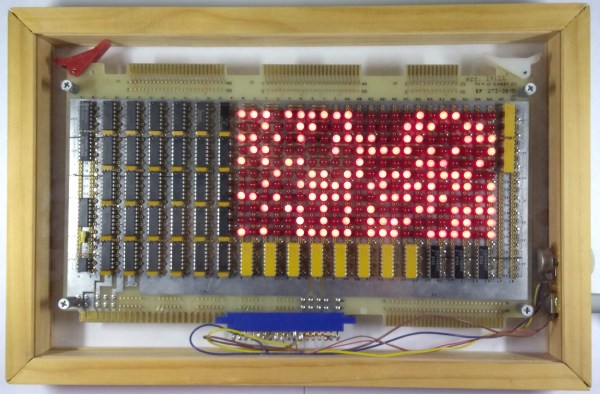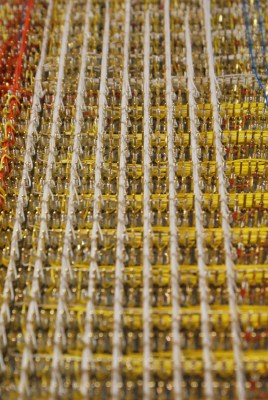Not long ago, we published an article about researchers adding sensor data to passive RFID tags, and a comment from a reader turned our heads to a consumer/maker version which anyone can start using right away (PDF). If you’re catching up, passive RFID technology is behind the key fobs and stickers which don’t need power, just proximity to the reader’s antenna. This is a much “hackier” version that works with discrete signals instead of analog ones. It will not however require writing a new library and programming new tags from the ground up just for the user to get started, so there is that trade-off. Sparkfun offers a UHF reader which can simultaneously monitor 25 of the UHF tags shown in this paper.
To construct one of these enhanced tags, the antenna trace is broken and then routed through a switching device such as a glass-break sensor, temperature limit switch, doorbell, or light sensor. Whenever continuity is restored the tag will happily send back its pre-programmed data, and the reader will acknowledge that somewhere one of the tags is seeing some activity. Nothing says this could not be applied to inexpensive RFID readers should you just want a temperature warning for your gecko terrarium or light sensor to your greenhouse‘s sealed controller.
Thank you, [Mike Massen], for your tip on RFID Doing More Than ID.



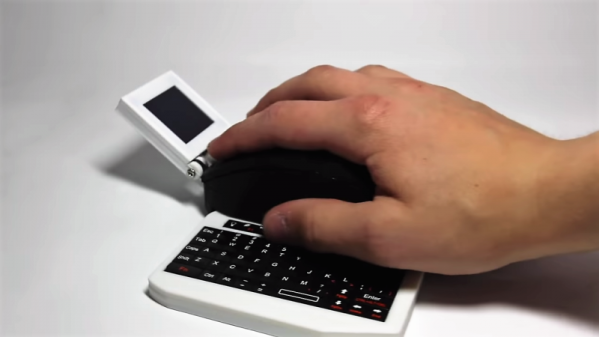

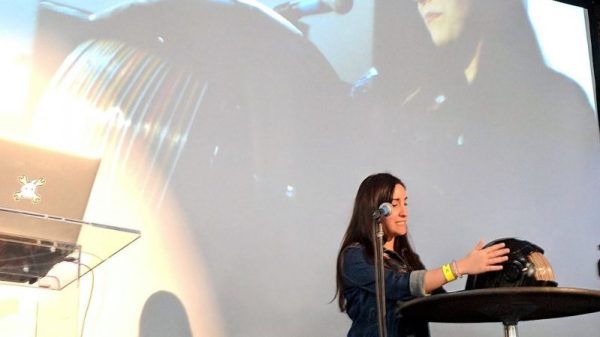
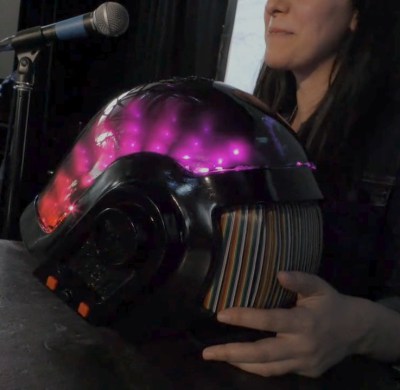 The three videos in her series are worth watching to see what she put herself through. Estefannie’s learning curve was considerable, and there were times when nothing seemed to work. The thermoforming was particularly troublesome — first too much heat, then not enough, then not enough vacuum (pretty common hurdles from other thermoforming projects we’ve seen). But the finished visor was nearly perfect, even if it took two attempts to tint.
The three videos in her series are worth watching to see what she put herself through. Estefannie’s learning curve was considerable, and there were times when nothing seemed to work. The thermoforming was particularly troublesome — first too much heat, then not enough, then not enough vacuum (pretty common hurdles from other thermoforming projects we’ve seen). But the finished visor was nearly perfect, even if it took two attempts to tint.
